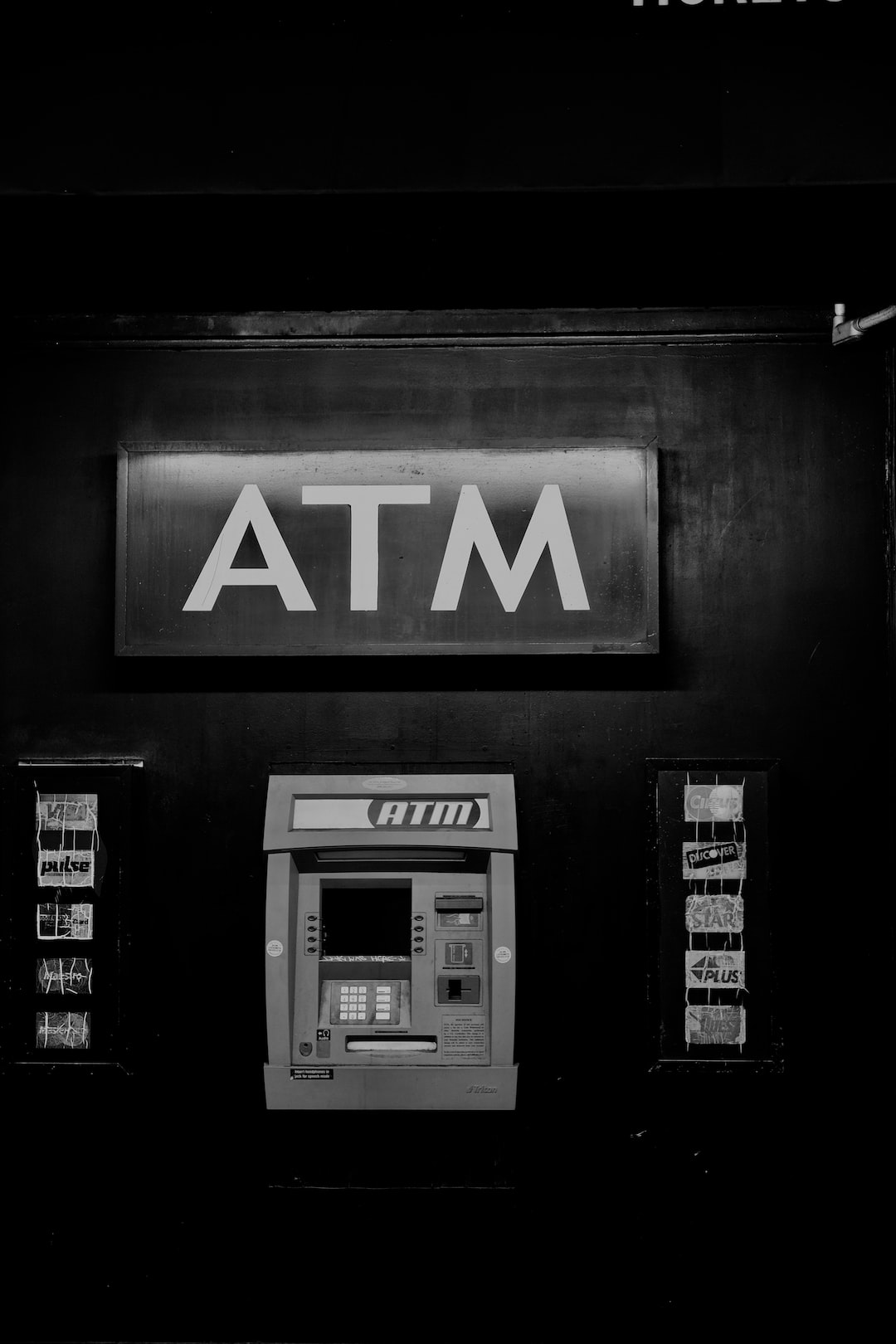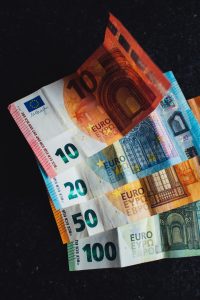Forex trading, also known as foreign exchange trading, is the buying and selling of currencies. The Forex market is the largest and most liquid financial market in the world, with a daily trading volume of over $5 trillion. As with any trading activity, there are always those who try to make a quick buck by using tricks and scams to manipulate the market. In this article, we will explore some of the tricks played in the past in Forex trading.
One of the oldest tricks in the book is known as “front running.” This occurs when a broker or trader has access to information about a large order that is about to be placed by a client. The broker or trader then places their own order before the client’s order, taking advantage of the price movement that the large order will cause. This results in the client getting a worse price for their trade, and the broker or trader making a profit.
Another trick is known as “stop hunting.” This occurs when a trader intentionally triggers a stop-loss order that has been placed by another trader. The trader will place a large order in the opposite direction of the smaller order, causing the price to move in their favor and trigger the stop-loss. This results in the smaller trader taking a loss, and the larger trader making a profit.
“Slippage” is another trick used in Forex trading. This occurs when a trader places an order at a specific price, but the order is executed at a different price due to market volatility. This can result in the trader getting a worse price than they expected, and the broker or trader making a profit.
“Churning” is a trick used by brokers to generate more commissions. This occurs when a broker encourages a trader to make frequent trades, even if they are not necessary for the trader’s investment strategy. The broker earns a commission on each trade, regardless of whether it is profitable for the trader.
Fakeout” is a trick used by traders to manipulate the market. This occurs when a trader creates a false impression of market direction by placing a large order in one direction, then quickly canceling it and placing a large order in the opposite direction. This can cause other traders to follow the false market direction, resulting in profits for the trader who initiated the fakeout.
In the past, these tricks were more prevalent due to the lack of regulation in the Forex market. However, with the increased scrutiny and regulation of the market, these tricks are becoming less common. Brokers and traders who engage in these practices can face fines, legal action, and damage to their reputation.
In conclusion, Forex trading can be a profitable investment strategy, but it is important to be aware of the tricks and scams that have been used in the past. By staying informed and working with reputable brokers and traders, investors can minimize their risk and maximize their profits in the Forex market.





